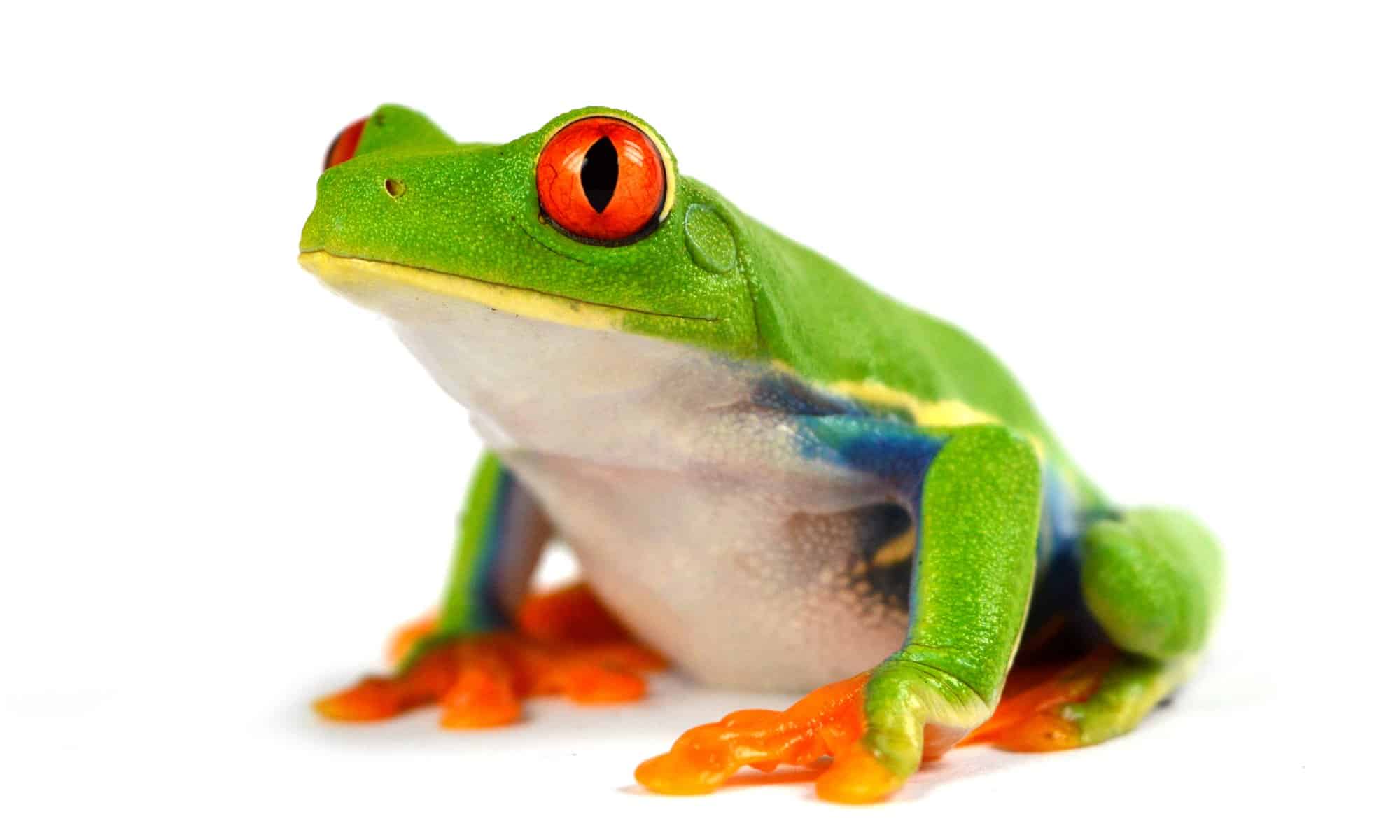 Observations on the Actions and Environment of the Red-Eyed Tree Frog (Agalychnis callidryas).
Observations on the Actions and Environment of the Red-Eyed Tree Frog (Agalychnis callidryas).
The Red-Eyed Tree Frog (Agalychnis callidryas) is a species of tree frog belonging to the tropical rain forests of Central and South America, recognized for its striking red eyes and dynamic green skin. This observational study aims to supply insight right into the actions and habitat of this fascinating types, clarifying its nature and possible preservation ramifications.
 This research study was performed over a period of 6 months in a tropical jungle get in Costa Rica, where the Red-Eyed Tree Frog is bountiful. Monitorings were made throughout both night and day, utilizing a combination of visual studies and electronic camera traps to tape the frogs’ habits and interactions with their atmosphere. The study location was separated into 3 sections: a main jungle, a secondary rain forest, and a woodland edge.
This research study was performed over a period of 6 months in a tropical jungle get in Costa Rica, where the Red-Eyed Tree Frog is bountiful. Monitorings were made throughout both night and day, utilizing a combination of visual studies and electronic camera traps to tape the frogs’ habits and interactions with their atmosphere. The study location was separated into 3 sections: a main jungle, a secondary rain forest, and a woodland edge.
Our monitorings disclosed that the red eyed tree frog habitat-Eyed Tree Frog is a mostly nocturnal species, with the majority of task happening in the evening. During this time, the frogs were observed to be proactively foraging for pests, with a choice for small flying insects such as moths and beetles. On the other hand, throughout the day, the frogs were mainly sedentary, frequently set down on fallen leaves or branches, where they would certainly stay still and silent, most likely to prevent predators.
One notable aspect of the Red-Eyed Tree Frog’s behavior was its complex mating routine, which involves a series of articulations and screens of aggression in between men. This behavior was observed to be most widespread throughout the wet season, when the frogs were much more active and reproduction went to its top.
Habitat monitorings revealed that the red eyed tree frog habitat-Eyed Tree Frog likes locations with high degrees of plant life and humidity, especially near water resources such as streams and fish ponds. The frogs were found to be extremely adaptable, with observations of individuals staying in a variety of atmospheres, from main rain forest to secondary rain forest and even in locations of human disruption.
The results of this research supply valuable understandings into the actions and habitat of the red-eyed tree frog poisonous Tree Frog, highlighting its complex social actions and adaptability to various environments. The types’ choice for high levels of plants and moisture, along with its reliance on little pests as a food source, highlights the significance of maintaining undamaged rainforest ecosystems to preserve the health and practicality of this and various other frog varieties.
The study also highlights the potential dangers to the Red-Eyed Tree Frog, consisting of habitat damage and deterioration, as well as the introduction of intrusive varieties that might compete with the frogs for sources. Preservation efforts need to focus on shielding and recovering rain forest environments, in addition to promoting lasting land-use practices that decrease the impact on frog populations.
Finally, this observational research study has supplied useful understandings into the behavior and habitat of the Red-Eyed Tree Frog, highlighting its facility social habits and versatility to different atmospheres. By understanding the demands and habits of this varieties, we can better notify preservation efforts and job in the direction of securing this and other frog types when faced with ongoing ecological threats.